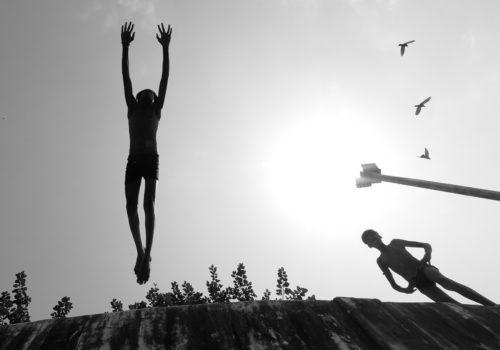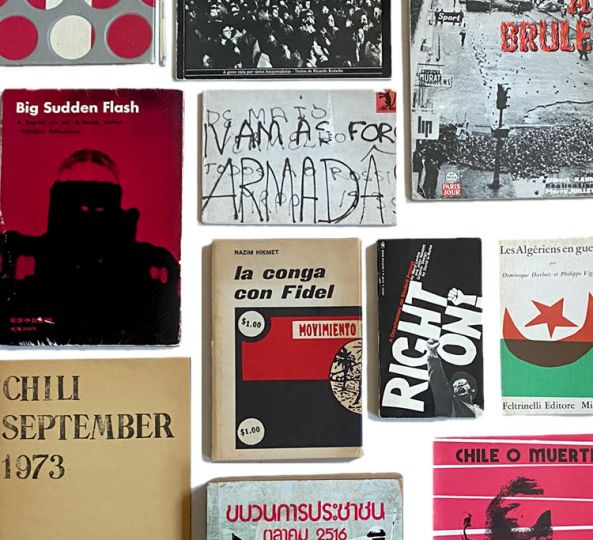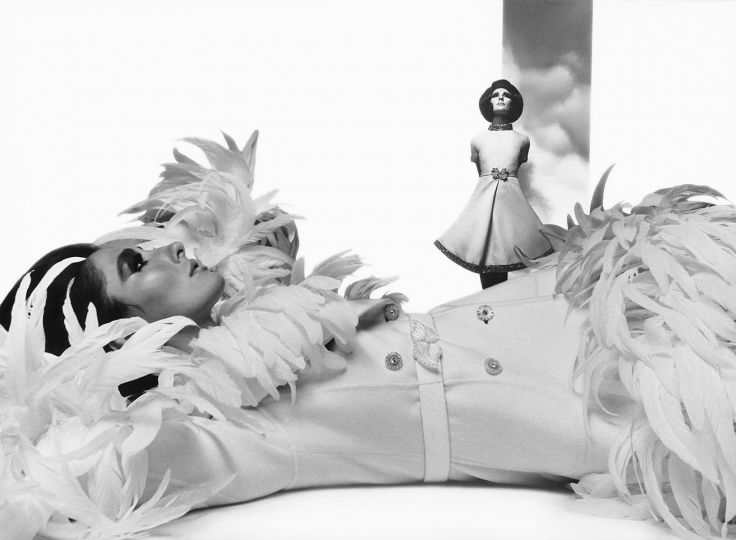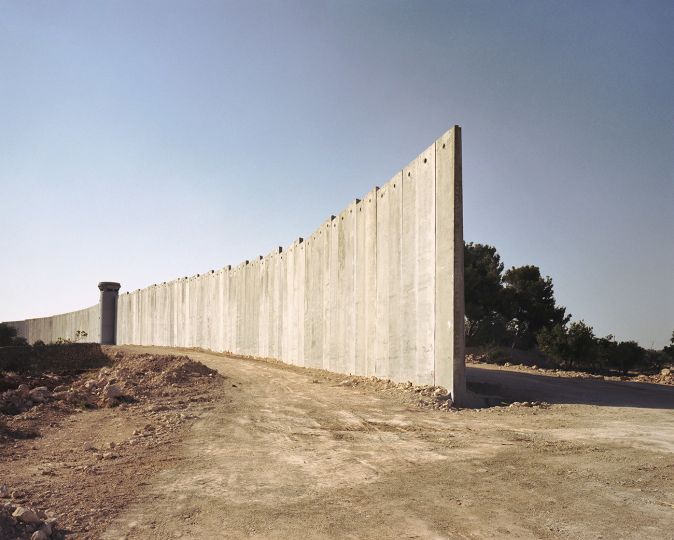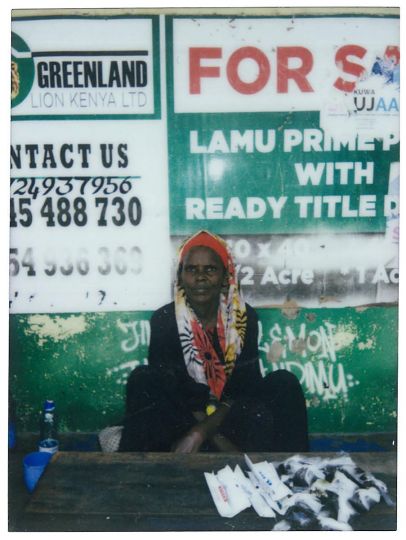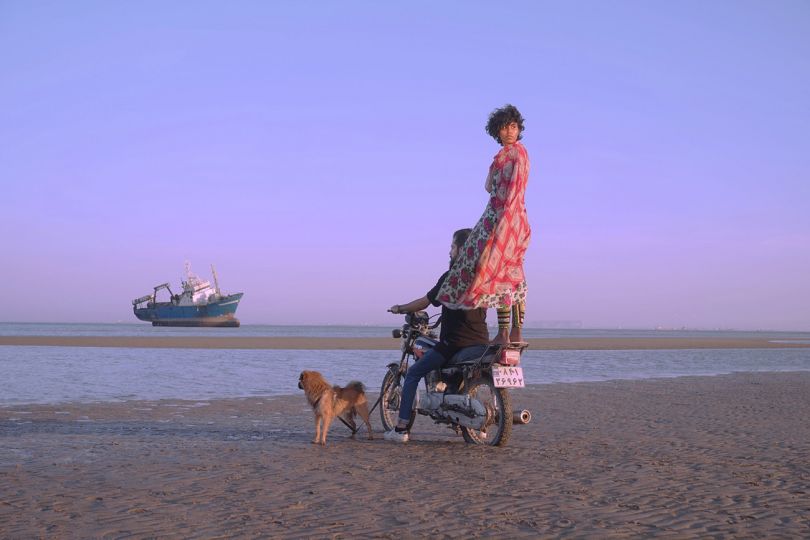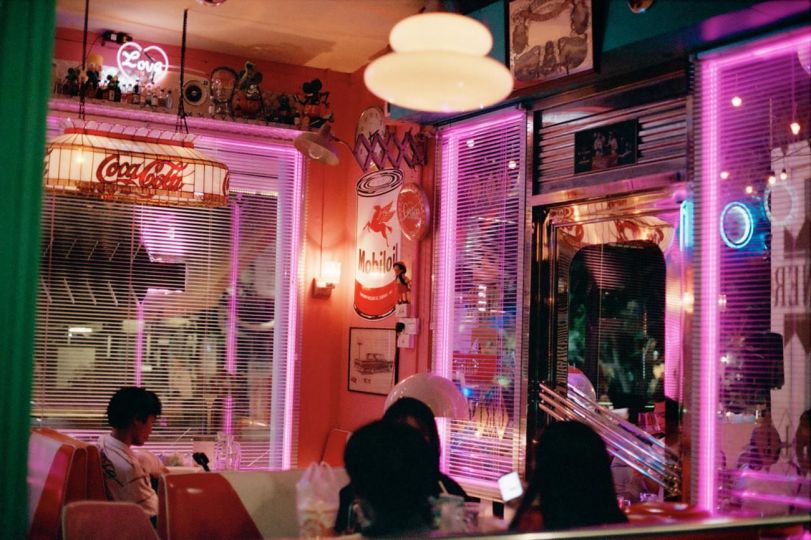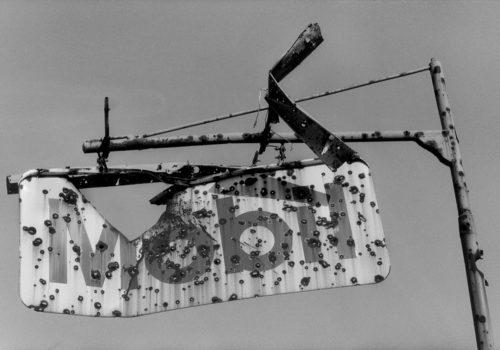Dimpy Bhalotia is one of my all-time favorite female photographers. I still remember discovering her work on Instagram many months ago and instantly fell in love. How she composes her images and how she sees and captures her subjects is so unique that I couldn‘t help but dig deeper into her portfolio.
Ultimately, I decided that I wanted to know more about this artist, and we ended up doing this interview. Enjoy, and be amazed.
Nadine Dinter: You have been recognized as one of the 31 most influential street photographers in 2022 and 2023. For me, your photographs go far beyond street photography because of the many aspects they bring together. Is there a specific term that you would rather use yourself to describe it?
Dimpy Bhalotia (DB): You are absolutely right, and I have been on the lookout for the perfect term to define my distinctive style of photography. The desire to coin a word that encapsulates my photographic style has constantly been in my thoughts. Yet, I have not discovered that ideal term. I find it challenging to neatly fit into any predefined categories like street or documentary etc. While there are a few possibilities that occasionally resonate with me, like “momental photography,” “visionary photography,” or “in the moment photography,” none of them completely encompass the essence of my artistic vision.
How do you approach the scenery or subject matter you want to photograph?
DB: I often take a minimalist approach to composition, using light and shadow to create evocative photographs that convey the emotional resonance of a particular moment.
I like to infuse my photographs with a sense of surprise by including an unexpected element that adds a touch of freshness and lighthearted perspective to the scene. Humor and surprise in my photographs are often subtle, and work to add depth and dimension to my photographs, rather than detracting from their emotional impact. By finding unique moments in everyday life, I encourage viewers to see the world in a new light and to appreciate the small moments of joy and connection that are often overlooked.
I am also very mindful of each and every one’s privacy, dignity, and personal space. I often photograph from a distance to capture the spontaneity and authenticity of the moment without intruding on people’s personal space or disrupting their activities. When I have to go extremely close, I simply smile and gesture to indicate that I am going to take a photograph. I do so in a very respectful and non-intrusive manner. I am very mindful of the context in which I am going to photograph. I am also sensitive to cultural norms and practices. I believe in the importance of cultural exchange and encourage viewers to appreciate the diversity and richness of the world’s many different cultures and beliefs through my photographs.
Do you have a preferred time, day, or weather condition that has shown to be ideal for your photographs?
DB: I don’t follow a specific ideal routine or condition to photograph but rather an organic response to the specific qualities and the vibe of each location. It’s about immersing myself in the moment, allowing the environment to guide and inspire my creative choices. I find joy in embracing the unique ambience that each location offers. Although I’m naturally drawn to places with abundant natural sunlight, it’s not an absolute rule; my choices ultimately depend on the vibe of the location I’m photographing in. Every place possesses its own character, its own mood, and I believe it’s essential to adapt and appreciate these individual qualities. It’s about being attuned to the surroundings, understanding how the light interacts with the environment, and how that influences the overall feel and impact of the photography process.
You were born in India and moved to London in 2005 to complete your studies. Which country have you found more inspiring for your artistic/creative photography, and which for your commissioned work as a creative director?
DB: Throughout my extensive travels, I have encountered numerous countries, but I am yet to come across a diverse country like India. India, or Bharat as it is also known, has a very enriching energy, which has left an invigorating effect on me. It has played a pivotal role in shaping and discovering my identity and style. Exploring this vast land has significantly transformed my perspective on existence as a whole. There is something so mystic that it alters the very essence of one’s being. It is as if the atmosphere has the power to recalibrate the chemistry of one’s perspiration, instilling a sense of healing and causing the immediate world to pulsate and resonate around you. I have experienced high vibration frequencies to the richly charged winds and different molecules of life very intimately here. It helps me a lot in maintaining a heightened state of activity, both in body and mind. I have intimately experienced a profound connection with this land. The richness of the land and the transformative properties I have encountered in India shine with extraordinary brilliance and hold a special place in my heart. Most of my commissioned works are done in India, and all are very dear to me.
In 2020, your photograph “Flying Boys” won the IPPAWARDS; L’ Officiel called it “the most famous photograph.” Did this recognition change your life as a photographer regarding how you see yourself and how others see you?
DB: Winning this award was a stepping stone in my artistic journey, allowing me to profoundly impact people’s thoughts and actions through my art. It provided a platform to spread love, hope, and freedom in a world yearning for these virtues. The recognition helped me reach a wider audience, extend my message, and raise awareness about the significance of photography. It fueled my determination to create thought-provoking photographs, bridging the gap in art education and inspiring viewers with the beauty of artistic expression. This accolade amplified my voice, connected me with more viewers, and fostered a deeper appreciation for art. I’m grateful for the opportunity to share my creative perspective and inspire others to embrace their own artistic expressions.
We see a lot of dogs in your photographs. Is there a particular reason for this, or is it pure coincidence?
DB: Photography transformed my journey to conquer cynophobia, the fear of dogs. It allowed me to confront my fear head-on, gradually building a connection and appreciation for these animals. Photography served as a bridge, establishing trust and transforming fear into admiration and affection. It allowed me to observe dogs from a different perspective. The process of capturing their essence, their unique expressions, and their endearing qualities gradually helped me develop a sense of familiarity and appreciation for these animals. This experience ignited a passion for capturing the beauty of animals and taught me the power of facing fears through creative expression. It became a transformative process for me. This experience not only helped me overcome my fear but also ignited a newfound passion for capturing the beauty and essence of animals.
What’s your take on color photography? Did you ever photograph in color, and if so, why did you change to black and white?
DB: I have been photographing both in black and white & color. It just happened that I have photographed a lot of portraits in color, and black and white for street, which dominates my portfolio. But I am always experimenting and exploring my craft. I am not limited to one style or aesthetic; instead, I strive to capture the essence of each moment in a way that best serves the photograph and its intended meaning. Black and white allows me to capture my world and personality by removing distractions and emphasizing shapes, forms, light, and shadows. It conveys boldness, calmness, and a timeless classic aesthetic, evoking emotions and creating evocative photographs.
Black and white photography also provides a realistic view by eliminating color distractions, resulting in vivid and expressive moments. It conveys the pure soul and movement of the living elements, without questioning details. I believe the choice between black and white and color depends on the photograph’s needs and the message I want to convey.
The new pictures that we have the pleasure to share and present here to the readers of L’Oeil de la Photographie were shot this year with a Leica SL2. What’s your overall technical approach and preferences? Do you plan your series? Do you revisit the locations, observe the situation/people, etc. before taking photos, or do you shoot fast?
DB: The intentionality of being present in the moment, in the now, is a core component for me. And being always unafraid of the unknown and very curious to explore and discover human connection and lifestyle draws me to unique moments. I don’t plan; I just go with the flow. I like the interplay of shapes and forms with unique perspectives. I often photograph backgrounds that suggest the fleeting nature of life and the transience of human experience. At the same time, my photographs can also be grounded in reality, capturing the talents of young people and moments of daily life in the streets. Overall, I seek to evoke a sense of empathy and understanding for the people and places that I photograph, while also celebrating the beauty and freedom of the world around us.
Do you have any plans to work with AI?
DB: I have yet to embark on exploring it. I haven’t had the chance to try my hand at it, at least not in the realm of photography. However, perhaps in the future, I may consider delving into it for marketing and advertising purposes. At present, I have yet to sort out my thoughts on AI to be honest.
Your advice for the young generation of street photographers?
DB: I have reviewed hundreds of photographer portfolios, and I’ve come to realize that there is a fine distinction between those who simply love photography and those who love and actively execute it. There are two types of individuals: those who enjoy photography and automatically assume that they are skilled in it, and those who love, possess a deeper understanding of the medium and know how to execute it.
While reviewing portfolios, I’ve noticed that some individuals possess the potential to excel in other aspects of photography, such as photo curation, editing, writing, or criticism. However, when it comes to executing their own ideas or capturing a spontaneous moment on the street, they tend to fall short. I feel it is crucial to determine if you are passionate about photography because you genuinely enjoy taking pictures or if you appreciate it for its other facets.
Once a photographer has a thorough understanding of themselves, it becomes easier for them to identify their strengths and weaknesses. It is essential to explore every aspect of the photography industry before discovering one’s true passion. Not everyone is cut out to be a street photographer, as it requires an enormous amount of dedication, time, and effort to capture that perfect shot that epitomizes their unique style.
Ultimately, each photograph captures the energy and personality of the photographer. I believe self-reflection and a deep understanding of oneself are crucial to achieving success in the field of photography. To stand out, it is important to develop one’s own style and perspective while exploring and understanding their thought processes. Being unique with consistency is very important and is the path to progress.
Thank you, Dimpy, for the great insights!
For more information, check out www.dimpybhalotia.com
and the artist’s IG account @dimpy.bhalotia

